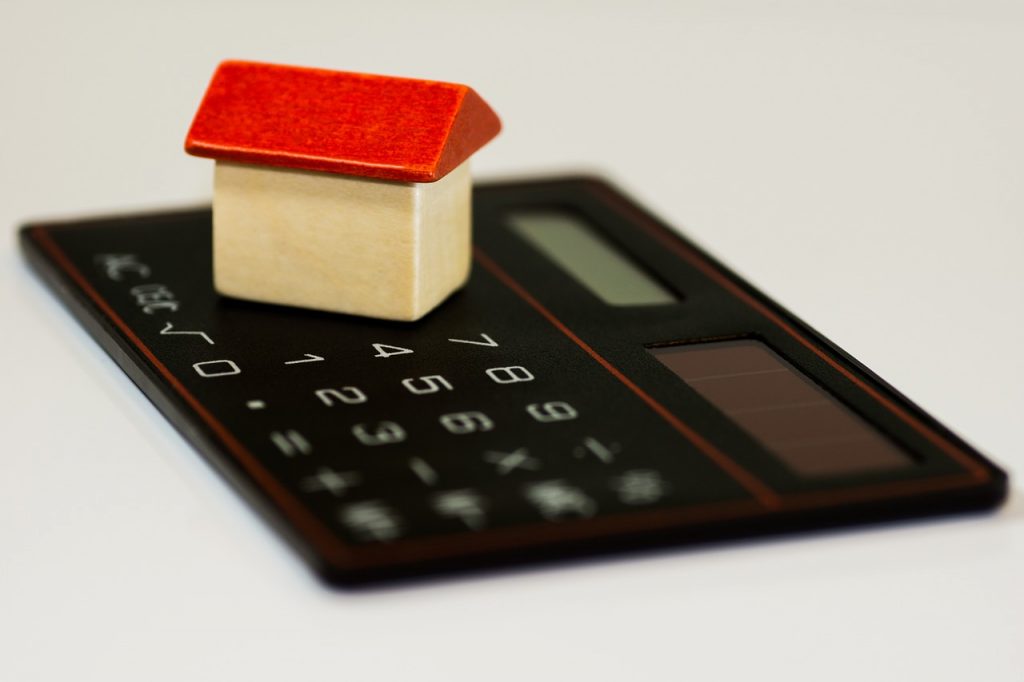The cost of living crisis is set to dominate 2022 with many households feeling significant pressure on their household budgets with energy costs having a considerable effect.
Currently, around 24% of households in Fife can be considered to be in fuel poverty. However a recent report by the Resolution Foundation highlighted that this could triple to over 70% after 1st April 2022 without government support.
Beating these bigger bills will be tricky as many of the usual mechanisms by which we could reduce our energy bills, for example by switching your energy supplier, have vanished,
WHAT’S HAPPENING TO ENERGY PRICES
The UK is experiencing an energy crisis, wholesale energy costs have increased significantly over the past year but as a result of the Energy Price Cap there is a delay in when these costs are passed onto customers.
In Autumn 2021 cheap fixed prices deals disappeared from the market, and price cap covered standard tariffs became the cheapest, and are likely to remain so for the foreseeable future.
In October 2021 the price cap increased by around 12% to its highest ever level of £1277. It’s increasing again in April by around 54% to £1971 for an average direct debit customer, or £2017 for those on prepayment meters.
It was also expected to increase in October 2022 by an additional 20%. However, the horrific events across Ukraine and sanctions against Russia have caused wholesale energy costs to increase even further. This could see a larger price rise than predicted hitting in October.
Remember, the price cap is misnamed, it’s actually a cap on unit rates and standing charges, so if you use more you will pay more. It’s also important to remember that the £1971 figure is a UK average, it’s likely those of us living in Scotland are using at least 20% more than the UK average.
The result of this is that it’s quite likely that by October 2022 many households will have found their energy costs have just about doubled within a year.
TARIFF OPTIONS
Usually, one of the easiest steps to take to reduce energy bills was to switch energy supplier. However, there are currently no cheap energy tariffs available below the price cap level.
The current recommendation is to stay put on the Standard Variable Tariff that’s protected by the Energy Price Cap. It’s unlikely there are any fixed price deals cheaper than the Price Cap.
All fixed-price deals that are available are currently far more expensive than the price cap and it is seriously advised against signing up to one of these deals.
PAYMENT METHODS
Unlike in previous years, there is no longer much of a financial incentive to choose a direct debit, which, historically was the cheapest way to pay. Tariffs vary slightly between Direct debit, Prepayment & paying on receipt of bill however there’s not so much difference between them that this should be the deciding factor.
Some things to watch out for:
- If you’re paying through a direct debit, don’t just listen to the supplier’s recommended price increase. Ask for your annual consumption and divide this amount by 12 to get your recommended direct debit price. Remember the costs are likely to increase again in October, so you may want to overpay over the summer if you have the ability to do this.
- If you’re on a prepayment meter you should either set money aside or top up extra throughout the summer to off-set the high gas costs in winter.
- If you’re paying on receipt of bill, bear in mind winter bills will be far higher than summer bills, if you can set money aside you should do this.
METER READINGS
With tariffs changing on the 1st of April, it’s absolutely vital you submit a reading on or around this date. Due to the significant price increase ensuring you’re paying the correct tariff for the right amount of units could save you being overcharged.
It is recommended to provide readings on a monthly basis over the next few months.
BUDGETING ENERGY USE
Without the ability to reduce the cost of our energy, the easiest way to spend less is to use less. That doesn’t mean turning the lights off and sitting in the dark! There are plenty of practical actions you can take to help save energy around your home, reduce your energy bill and your carbon emissions too.
Using your heating controls and finding ways to prevent heat loss around your home can help you keep warm for less;
- Reducing your thermostat by 1°C
- Using your thermostatic radiator valves correctly
- Keeping curtains and doors closed between rooms
In terms of your appliances and cutting down your electricity use, you could consider:
- Switching appliances and devices off at the plug rather than leaving them on standby
- Using a slow cooker or pressure cooker rather than an oven
- Using LED lighting and switching lights off when that room isn’t being used
These tips are just some of the simple tricks you can do to try and reduce your costs.
Maximising income is key with the current cost of living crisis. The ability to greatly reduce the cost of utilities is not an option, and won’t be for a long time. Making sure you have all the income you are entitled to and know how to plan and budget using this income will be key for the next 12-18 months and beyond.
The TSS Team can help with all these needs. Call us on 01592 630 922 (option 5 for call-back requests) or email us directly at tssteam@kha.scot
